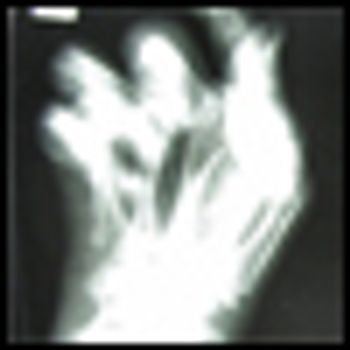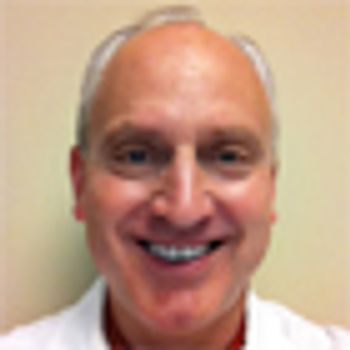
All News




#wrapper { font-family: Arial, Helvetica, sans-serif; font-size: 12px; font-style: normal; background-color: #F2F2F2; width: 960px; padding: 10px 25px 0px 25px;}#isi {margin-left: 300px;}#logo {float: left;}#isi .header{color:#FF9900; font-weight: bold;}#isi-large ul {list-style type: none;}#isi-large li {background: url(dot_list.gif) no-repeat scroll 0.6em transparent; margin: 2;}#isi-large li ul li {background: url(second_liststyle.gif) no-repeat scroll 0.6em transparent; margin: 2; list-style type: none;}#isi-large .text-bold {color:#51626f; font-size: 11px ; font-weight: bold;}#isi-large .text {color:#51626f; font-size: 11px ;}#isi-large .header {color:#e24912; font-size: 12px ; font-weight: bold;}#isi .sub-header{font-weight: bold;}#isi .text{font-size: 12px;}#nav .text{color:#FFFFFF; font-size: 12px ; font-weight: bold;}#nav .text-orange{color:#e24912; font-size: 12px ; font-weight: bold;}#nav .arrow-orange{color:#e24912; font-size: 12px; font-weight: bold;}#nav .arrow-black{color:#000000; font-size: 12px; font-weight: bold;}#isibottom {font-weight: bold; font-size: 13px ;}#content-wrapper {width: 100%; clear:both; background: #fff;}

Cancer Network presents exclusive coverage from the annual American Society of Clinical Oncology (ASCO) Breast Cancer Symposium. Check out the stories below for write-ups of the most important information to come out of this year's event.

Researchers have concluded after a large meta-analysis of trials involving more than 29,000 patients that patients taking currently available biologic therapies for rheumatoid arthritis (RA) are not at increased risk of cancer.

Given their greater convenience and, in most cases, decreased costs, APBI and AWBI are becoming increasingly popular alternatives to conventional WBI for early-stage breast cancer patients who desire BCT. However, given the protracted time to local recurrence and complications following BCT, definitive results from randomized clinical trials comparing conventional WBI vs AWBI or APBI are limited.


You are about to leave the Advancing Science, Advancing Care Infosite and view another Ph+ CML resource sponsored by Novartis Pharmaceuticals Corporation.

For appropriate older women screening provides a benefit in this age group by identifying early-stage breast cancer.

We presented an interactive session entitled “Using Social Media in Oncology for Education and Patient Engagement” at the American Society of Clinical Oncology (ASCO) 2012 Annual Meeting. This article summarizes the points made in those presentations.

In this review we will discuss how to evaluate older breast cancer patients, including estimating survival, defining functional limitations, and providing guidelines for optimal adjuvant therapies.



You are about to leave the Advancing Science, Advancing Care Infosite and view another Ph+ CML resource sponsored by Novartis Pharmaceuticals Corporation.



I have come to the conclusion that a successful systematic approach to earlier transitions from disease-directed cancer therapy to end-of-life and palliative care can only come from better communication in the context of more trusting relationships.

The advice offered in this ethical consultation feature is based solely on the information supplied by readers, and is offered without benefit of a detailed patient history or physical or laboratory findings. The information is offered as a discussion of ethical issues and is not intended to be medical or legal advice and, therefore, should not be considered complete or used in place of a formal ethics consultation or in place of seeking advice from your ethics committee, legal counsel, or other available resources. One should never disregard or change medical advice or delay in providing it because of something that appears here. The opinions expressed here are only those of the author and do not reflect the viewpoint of ONCOLOGY.

Would it not be advantageous for people fighting what I call the “vile coward” to take a break from its ugly face? With nothing but the best intentions in mind, I hereby proclaim that all patients have permission to take a vacation from cancer, to schedule a time where cancer is not allowed in the door.

Clinical hypnosis has been defined as a mind-body therapy that involves a deeply relaxed state, individualized mental imagery, and therapeutic suggestion.

A new study provides evidence that individuals whose pancreas was exposed to radiation during treatment of their childhood cancer have a higher risk of developing diabetes.


The cost of cancer treatment has at least doubled since 1987 and there does not appear to be any hint that cancer care costs will decline. In this podcast we discuss the reasons for the increase in costs, as well as the ethics of cancer care cost containment.

Chemotherapy regimens that 10 years ago cost $30,000 have now increased ten-fold. Could a new research facility help make cancer care affordable again?

Let’s be clear. Loving support is an important component of compassionate care. Promising miracles is not.

If doctors were trained in communication skills, then quackery would diminish greatly. When you are told what day you are going to die and all hope is taken away, why not seek alternative therapies?

As they say, “absence of evidence is not evidence of absence.” Many alternative therapies, once believed by conventional medical practitioners to be merely placebos, have now been shown to have proven therapeutic value (eg, acupuncture, numerous botanical extracts, meditation).

As we look forward, we suggest that the priority should be to further our understanding of the tumor’s interactions with its microenvironment and with the immune system. We think that such an understanding will be critical for advances in locally advanced rectal cancer therapy.

This review provides a brief recap of the history of medical quackery and an overview of the various types of unproven or disproved cancer therapies popular now in the United States and elsewhere.
